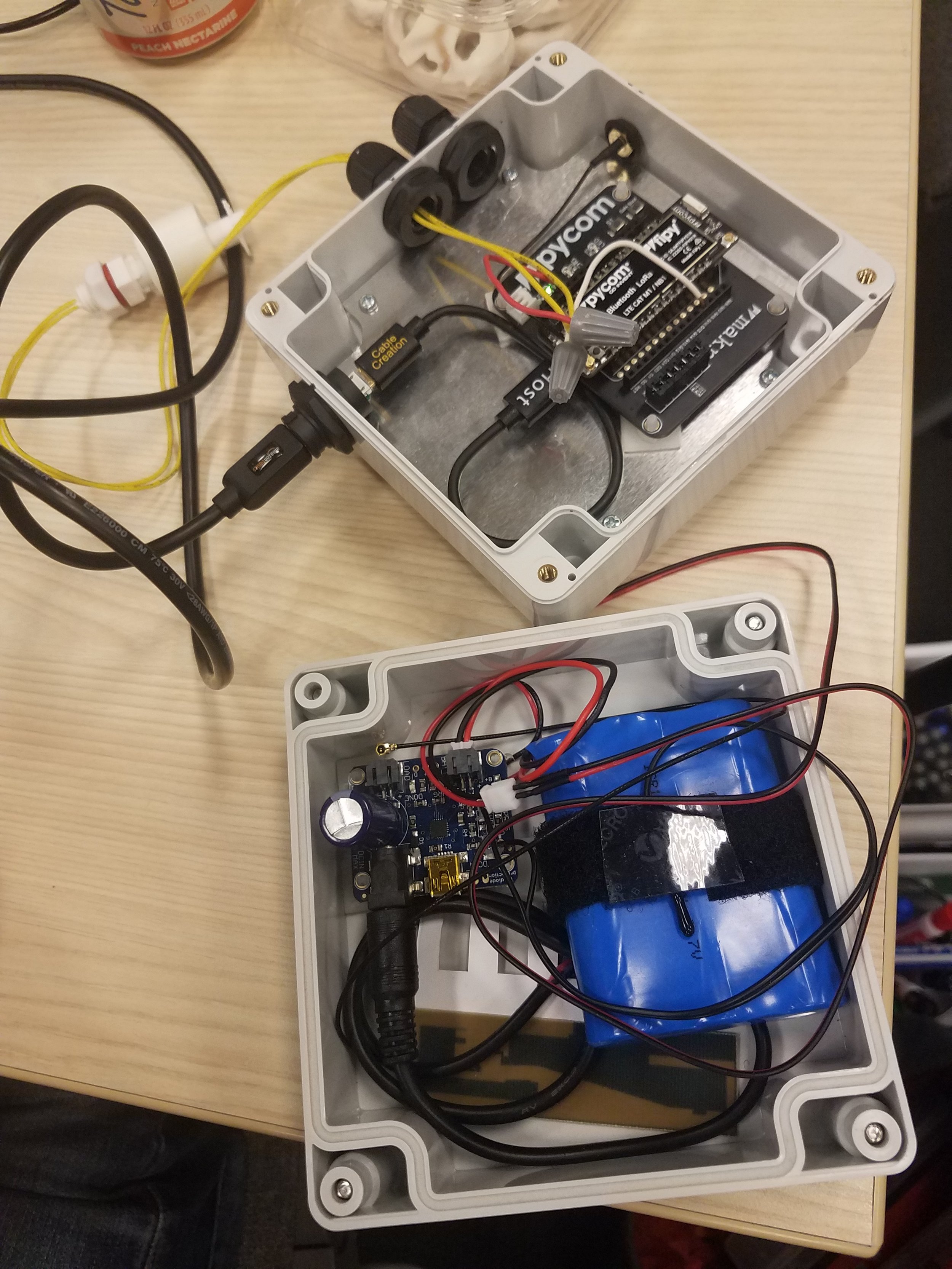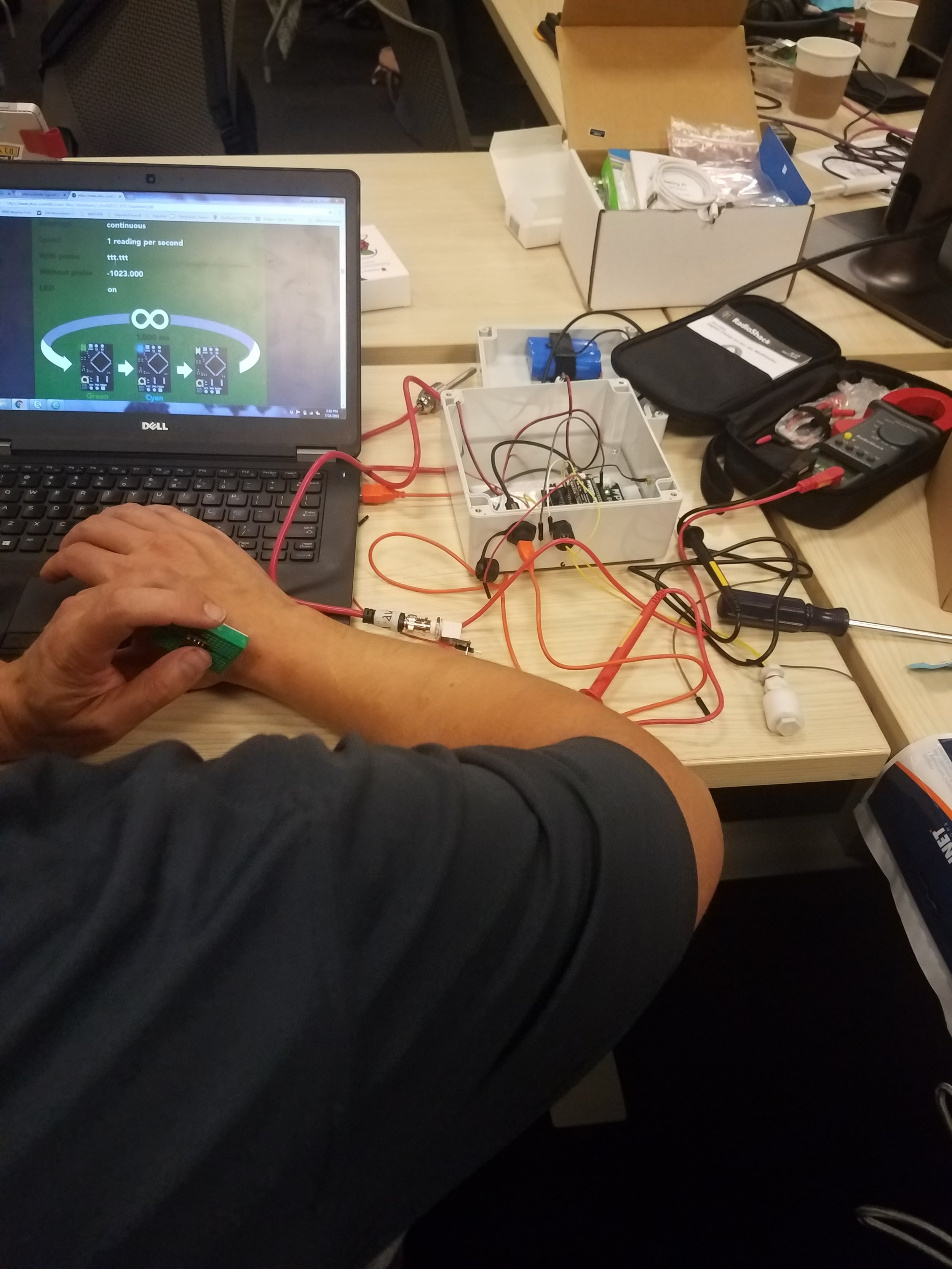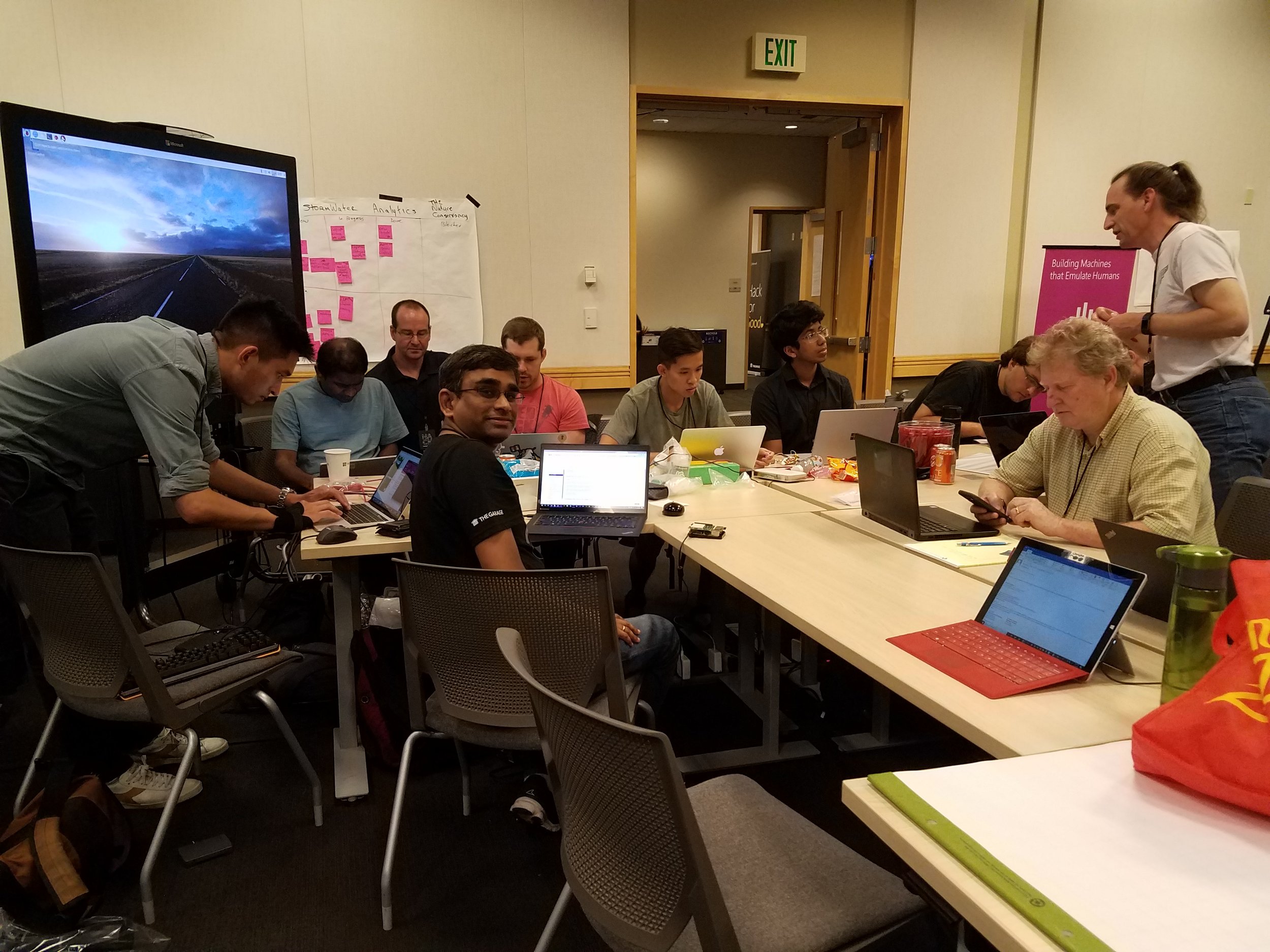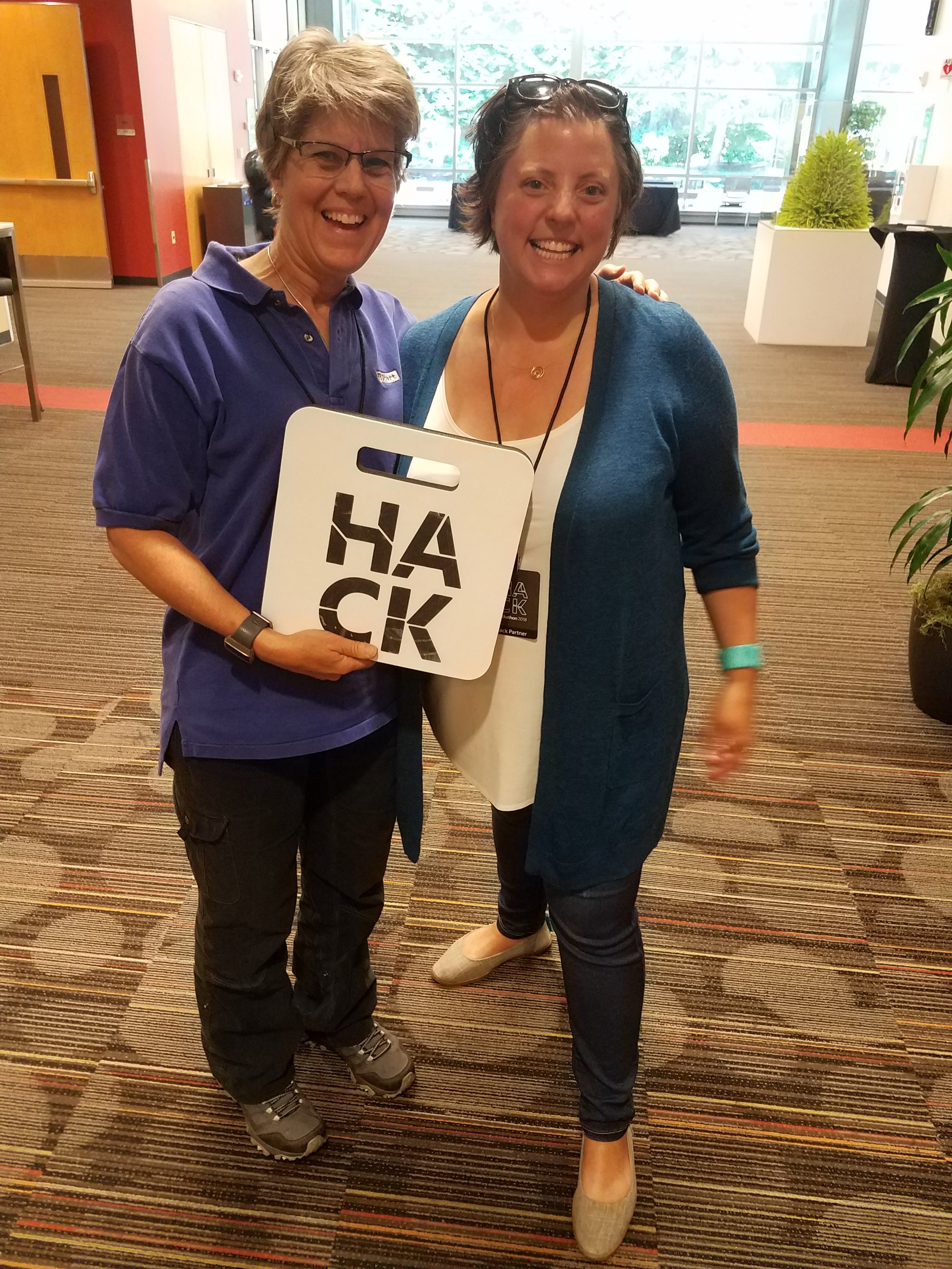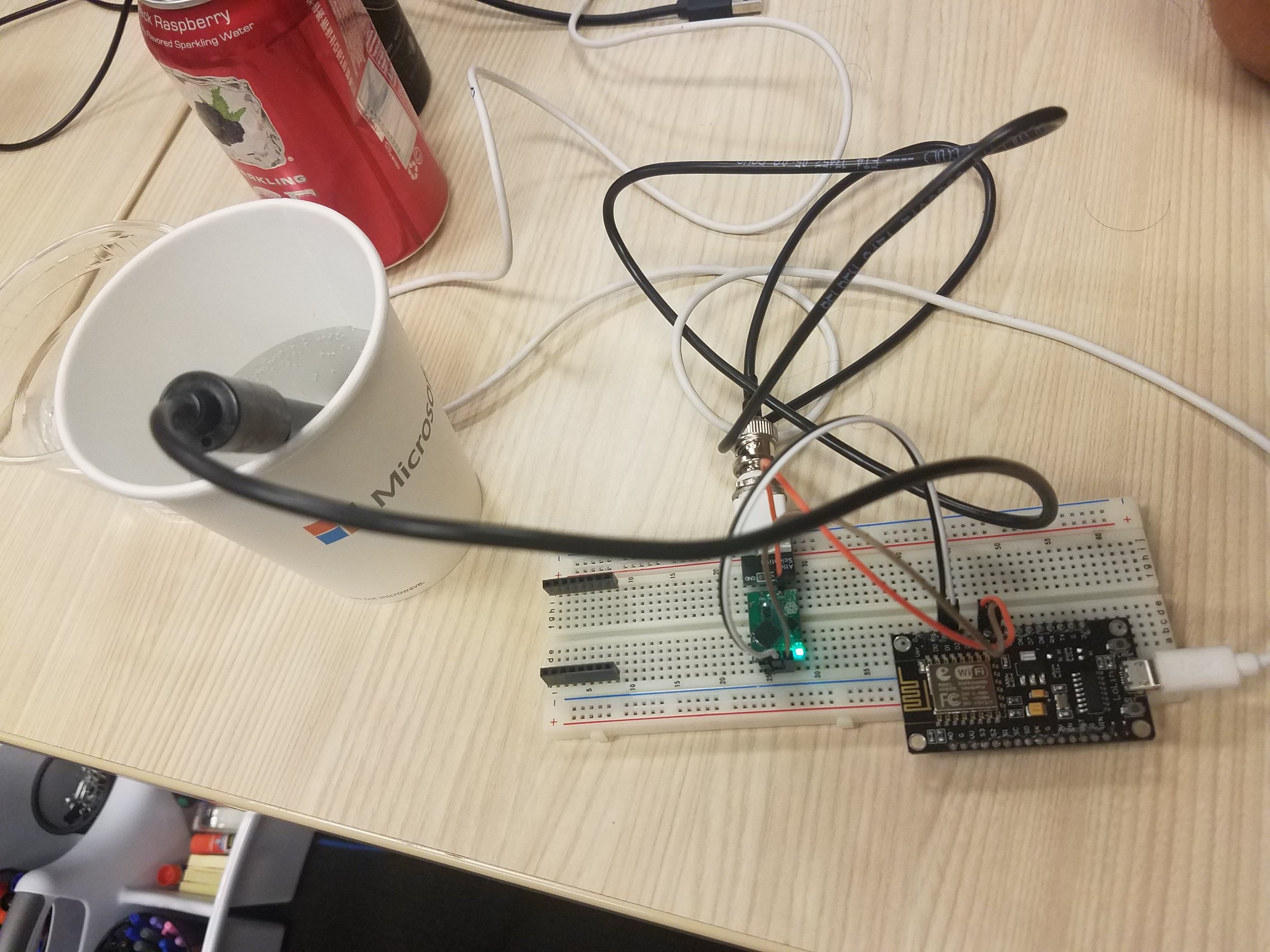Caption: The newly redeveloped Norton Terminal, in the top left of the photo, allows the Port of Everett to double their cargo space and revive this dormant piece of their working waterfront.
Photo Credit: Port of Everett
Decades after pulp and paper mill operations first began on the same spot, the Port of Everett’s Norton Terminal – a new 40-acre marine cargo facility – opened in December 2022 to once again make this piece of Everett’s waterfront a working site. As the first all new cargo terminal on the West Coast since 2009, the Port estimates that terminal will restore almost 1,000 jobs – hundreds of which were lost when the original mill shuttered in 2011 – and help support the nearly 40,000 jobs generated by surrounding seaport operations from the Port and U.S. Naval Station Everett. This restoration success story was over a decade in the making after the mill shut down and left subsurface contamination on-site.
Cleaning Up 90 Years of Pulp and Paper Mill Operations
Caption: Though ownership changed hands throughout the years, this was a steady working mill for over eight decades, up until closure in 2012.
Photo Credit: City of Everett library digital collections
The original mill became operational in the 1920s – milling pulp and creating paper products – and continued active operations until it shut down in 2012. Left on the site were heavy metals and petroleum, including releases from fuel bulk storage facilities that pre-dated the mill. Aspect, working on behalf of the owner, Kimberly Clark, led the Washington State Model Toxics Control Act (MTCA) upland cleanup process. This involved a years-long remedial investigation to understand the extents of soil and groundwater contamination across 55 acres, a feasibility study to assess cleanup options, and three cleanup actions to expedite the overall cleanup and redevelopment. The main remediation culprits at the site were heavy metals and petroleum, including releases from fuel bulk storage facilities that pre-dated the mill.
300,000 Tons of Material and One Cap Later = Terminal is Open for Business
Caption: Over 300,000 tons of material removed to clear the Site for the environmental cap
Photo Credit: Aspect Consulting
The first two interim cleanups excavated and landfilled more than 56,000 tons of contaminated soils, permanently removing the primary sources of contamination to groundwater. Approximately 250,000 tons of crushed concrete and brick generated during mill demolition were also hauled away, clearing the site and removing a major source of alkaline pH to site groundwater. The finishing step was putting a 9-inch-thick asphalt layer across most of the site, which does double duty as an environmental ‘cap’ and a surface sturdy enough for 40-ton cargo containers to sit on. The environmental cap also includes a state-of-the-science stormwater treatment system to protect the adjacent East Waterway.
Six years after demolition of the former mill infrastructure and considerable cleanup work, Kimberly Clark sold the property to the Port of Everett, supporting the Port’s plans of doubling their marine cargo capacity so West Coast container ships can more quickly get import/export goods to market. Congratulations to the Port for reviving this important piece of the Everett waterfront—restoring both jobs for the regional economy and the site environmental conditions to protect human health and habitat.




































